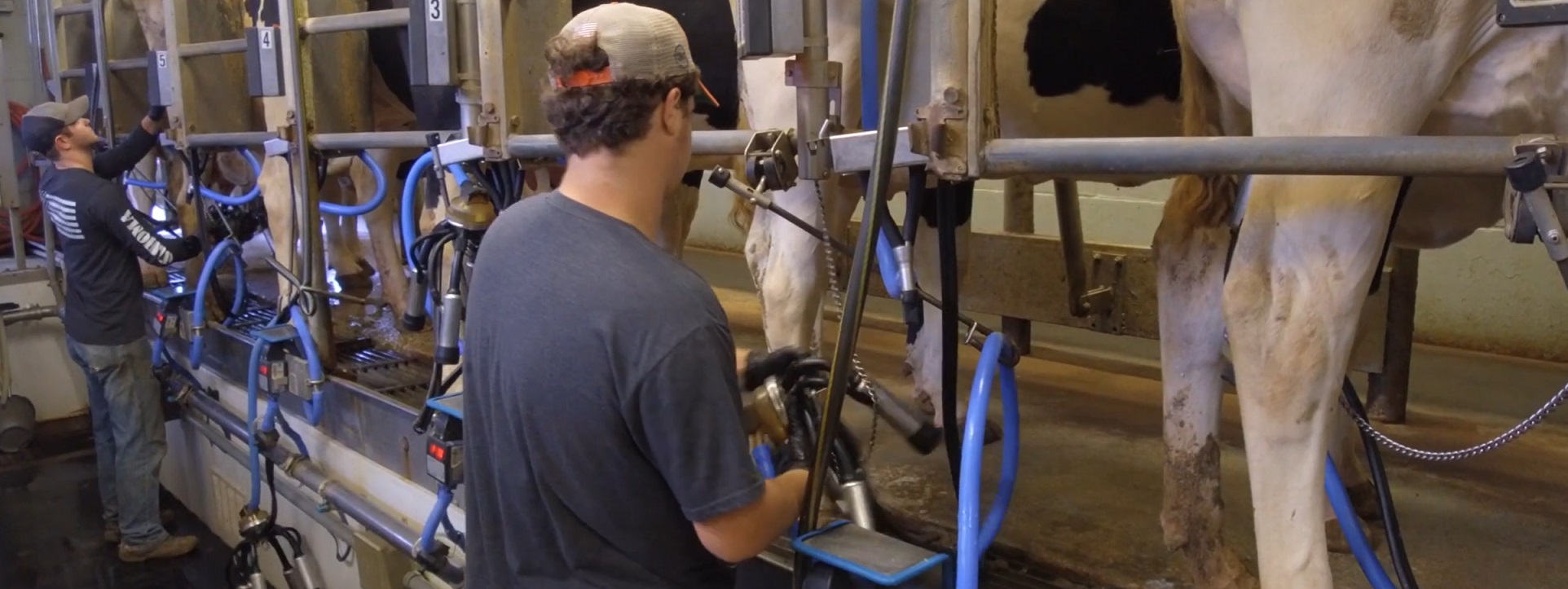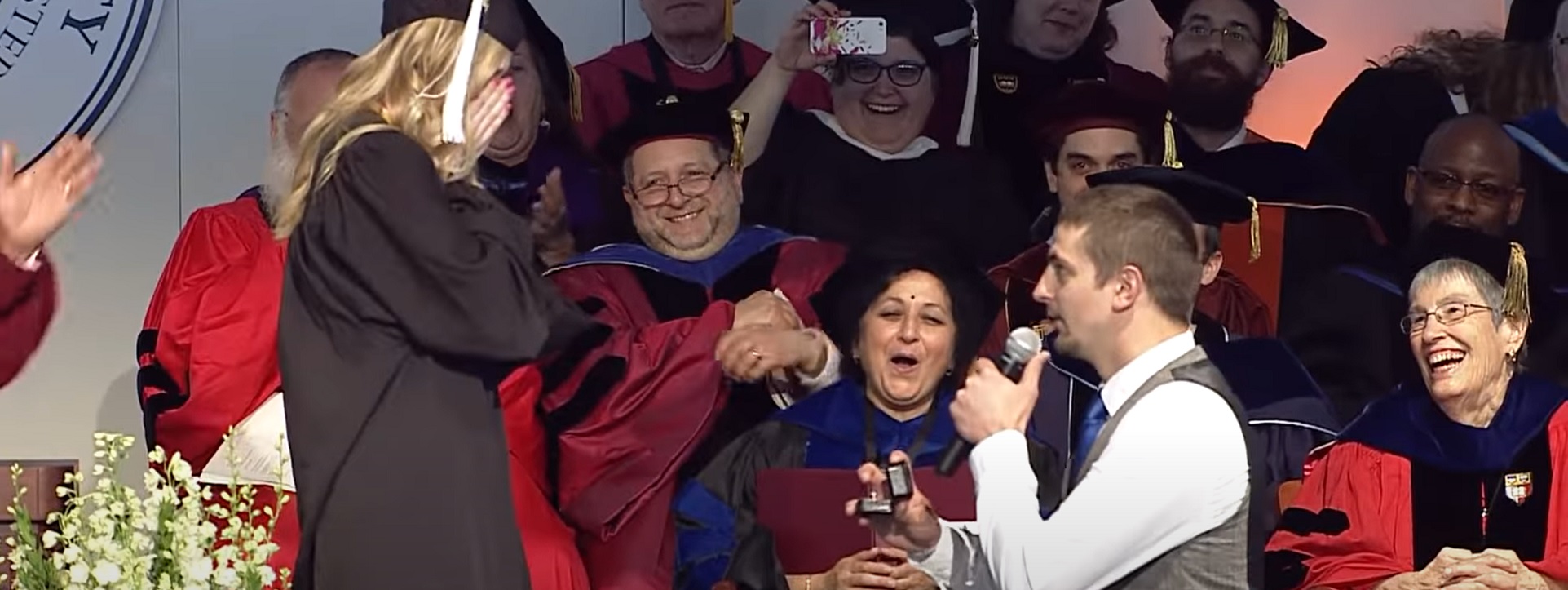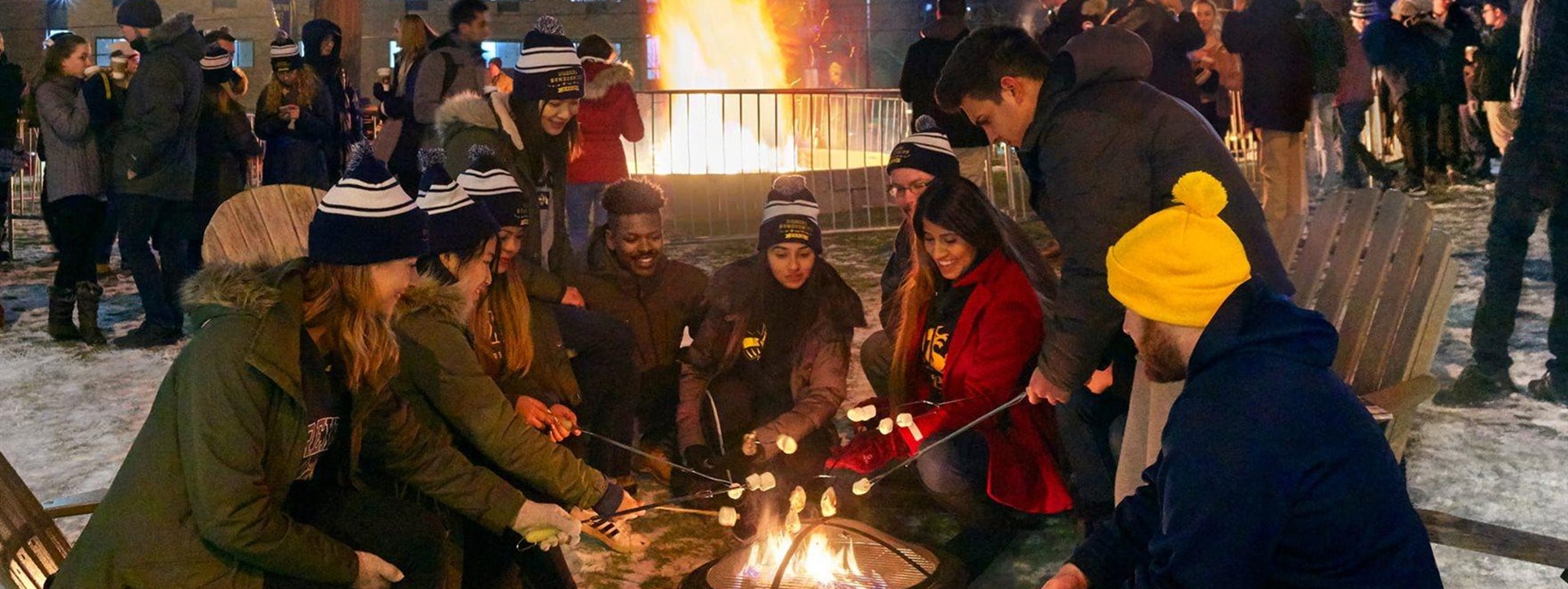ALWAYS OPEN
Bagel & Lox
"With this weekly post we want to introduce you into the culinary range of the English speaking world. Each week we present you an iconic dish and give you information around its origin, preparation and eating habits. This week we are visiting the Big Apple – New York. Bagels can be regarded as a true American melting-pot meal." -- von Nadja Wostiera (Language graduate and blog author)
Rock of Ages (סלע הגילאים)
The Brown Band celebrates Chanukah with our rendition of Maoz Tzur at Brown-RISD Hillel.
Christ Chapel
U.S. Supreme Court Justice Clarence Thomas delivered remarks the Christ Chapel dedication on October 3, 2019
Gallery: Graduation Commencement Speeches
Steve Jobs, Victor Davis Hanson, Harrison Butker, Elon Musk, Admiral McRaven, Chase Dahl, and James Taylor. With link to George W. Bush's May 1991 admonition at the University of Michigan about the scourge of "political correctness" tolerated by the cultural overlords of United States education.
Quadrivium: Winter
Educational settlements should be magical places. The stack informing the beauty of these "cities-within-cities" changes 100 to 1000 times per day globally. Titles are time-sensitive, copyright protected and land in public law. We monitor the action continuously to formulate response to public consultations. Topics appear on our CALENDAR and explored every day at 16:00 UTC. Recommend refresh of this web page once or twice to see timeliest information.
Winter Solstice
Kevin Moss, Community Outreach Coordinator at Plantations discusses the significance of the Winter Solstice and Celtic folklore around winter plants. Kevin is standing in the heart of the "Mullstein Family Winter Garden" located in the Botanical Garden at Cornell Plantations.
International Building Code Assembly Group A
§ 303.1 Assembly Group A includes, among others, the use of a building or structure, or a portion thereof, for the gathering of persons for purposes such as civic, social or religious functions, recreation, food or drink consumption or awaiting transportation. Today we sort through relevant specifics that apply to planetariums.
Current Issues & Recent Research
We examine the proposals for the 2028 National Electrical Safety Code; including our own. Public comment on proposed changes will be received until March 24th. The 2026 National Electrical Code which has recently been released for public use (public input on the 2029 revision will be received until April 9, 2026). Next Tuesday we prepare proposals for Technical Committee CMP-3.
Gallery: Planetariums
Planetariums are central features in many education communities; including secondary school campuses. They are special "theaters" that present educational and entertaining shows about the night sky or provide training in celestial navigation. Content is presented across a dome-shaped projection screen onto which scenes of stars, planets, and other celestial objects can be made to appear and move realistically to simulate the complex 'motions of the heavens' with highly specialized projectors that have evolved over centuries.












